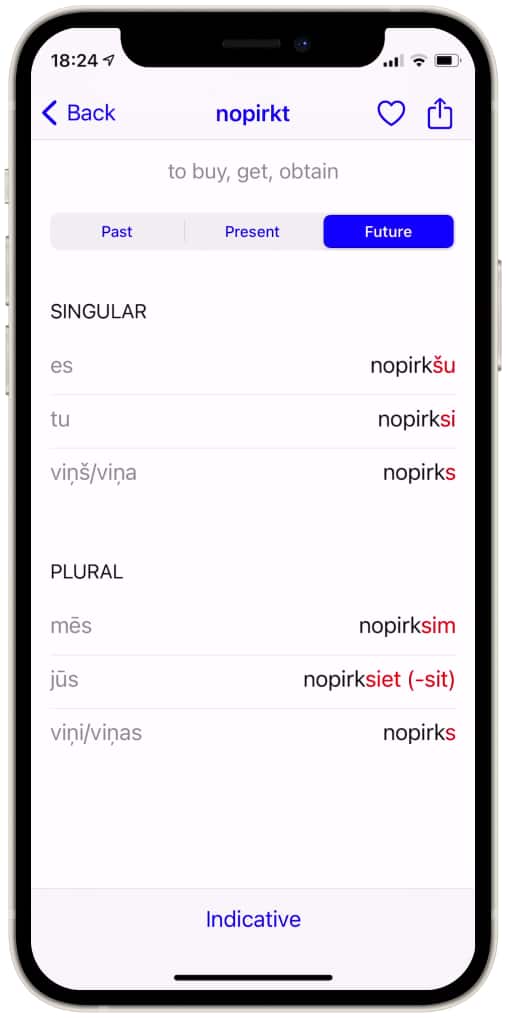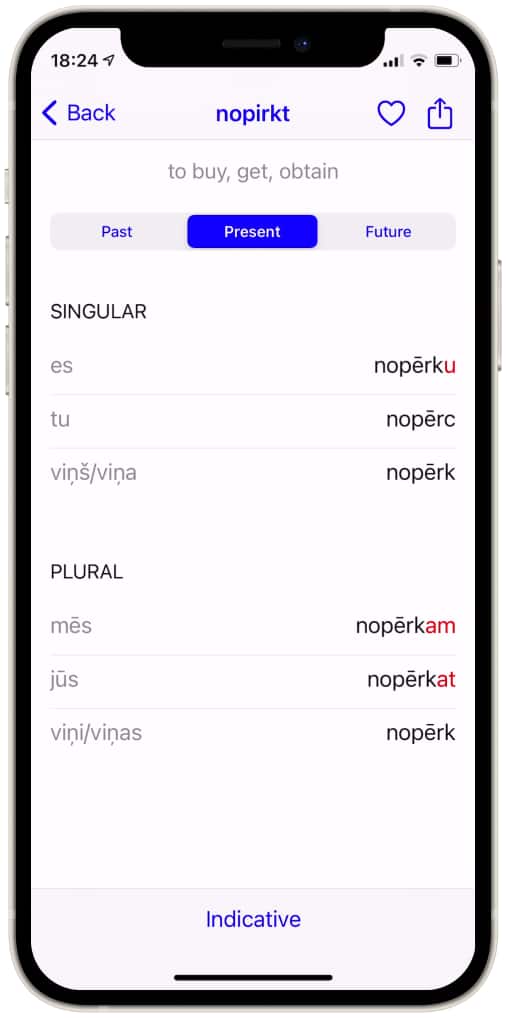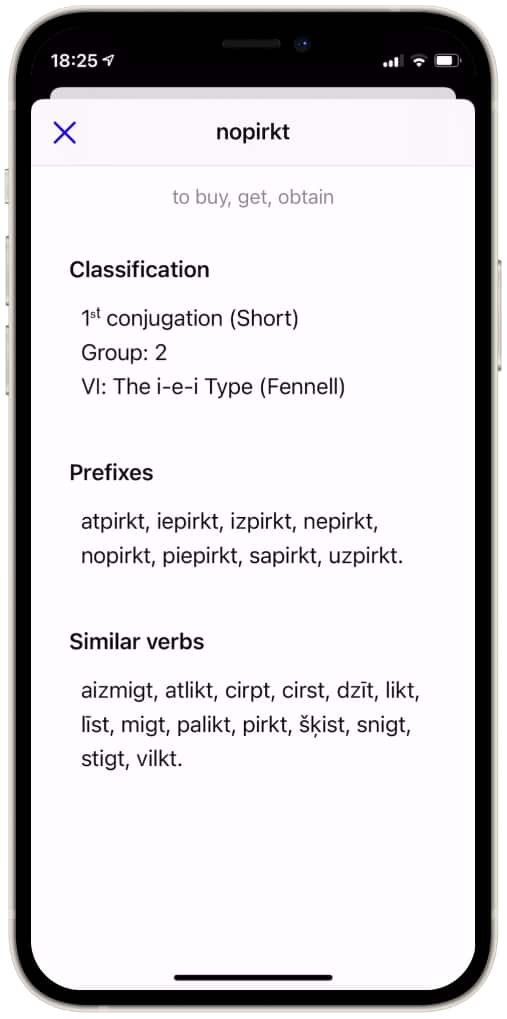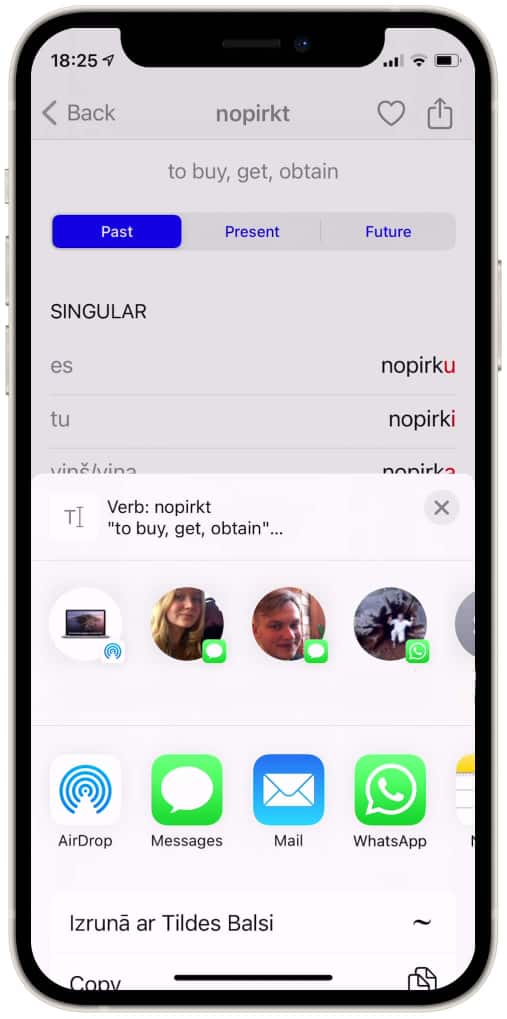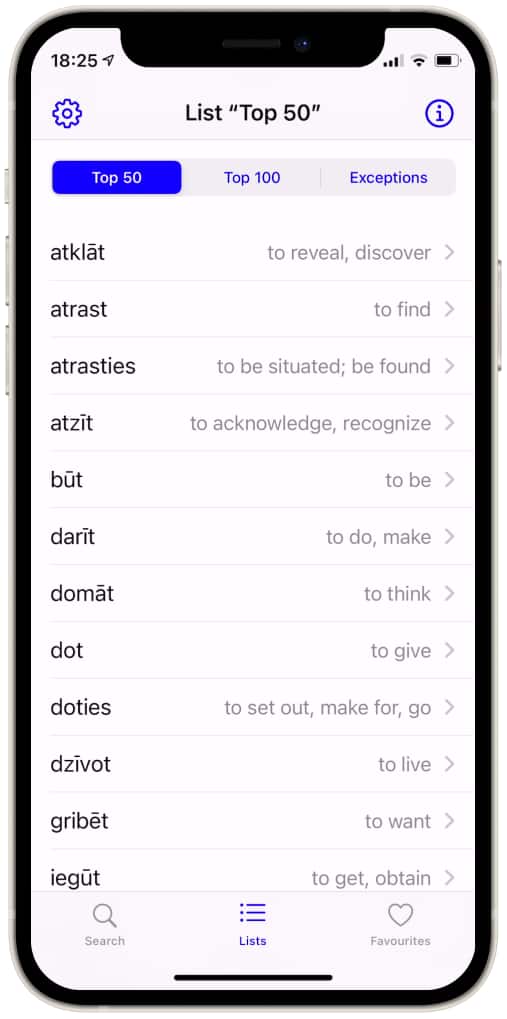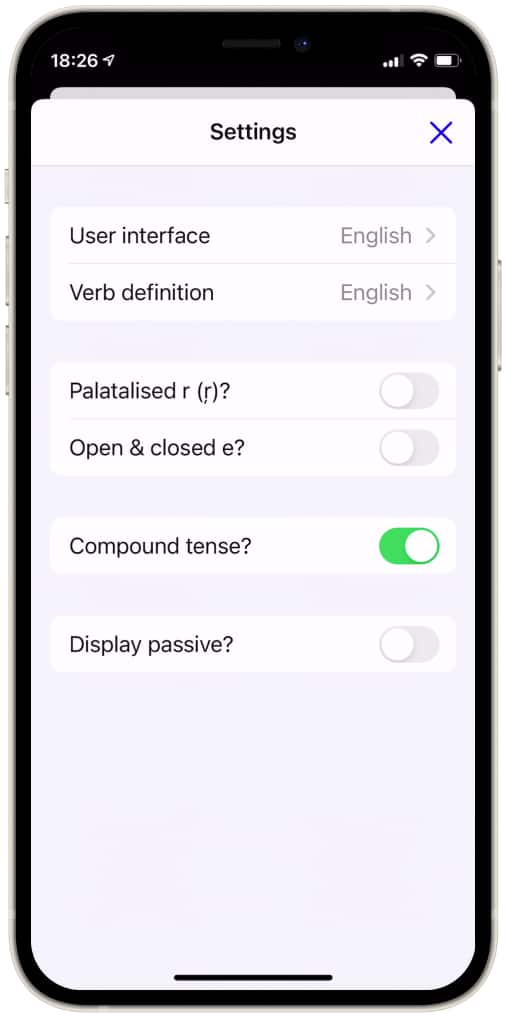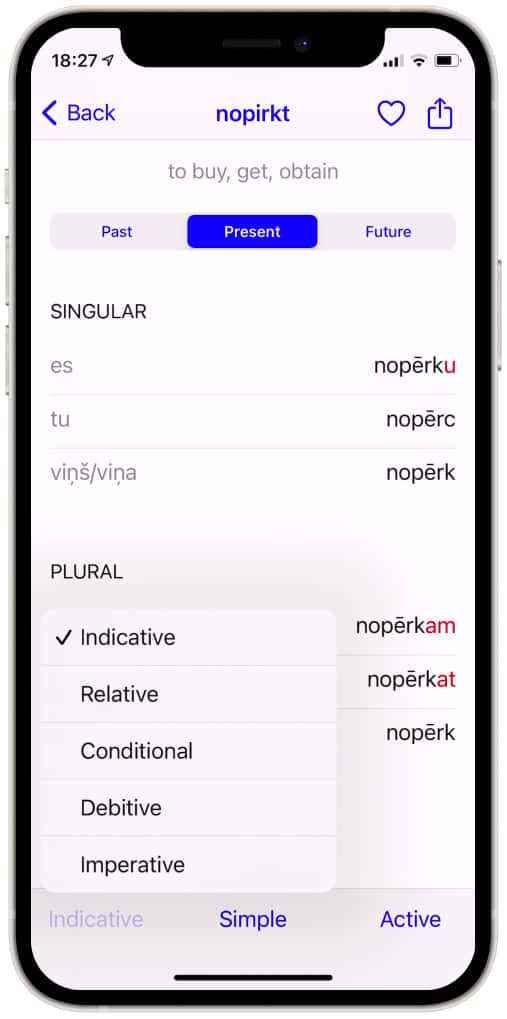Using your mobile device or computer and a good Internet connection you can now open Latvian bank accounts, digitally sign legal documents and transact with hundreds of Latvian government agencies and service providers – from anywhere in the world. Documents signed with eParaksts (e-signature) have the same legal effect as printed documents signed in person.
Although eParaksts was launched more than 15 years ago, the combination of software upgrades, better useability, redesign of the latvija.lv government services portal as well as unlimited free use, means that eParaksts is now an essential tool for dealing with national and local authorities in Latvia. In fact, during the recent pandemic, eParaksts was often the only way to sign documents when many offices and businesses were closed or had restricted opening times.
We wrote about this topic many years ago (Is this the dawn of Latvian e-services?) and highlighted some of the challenges. With the release of eParaksts Mobile you can now bypass card readers and not have to install complicated software on your computer. In fact by downloading two Apps you can be digitally signing documents entirely on your iPhone or Android smartphone.
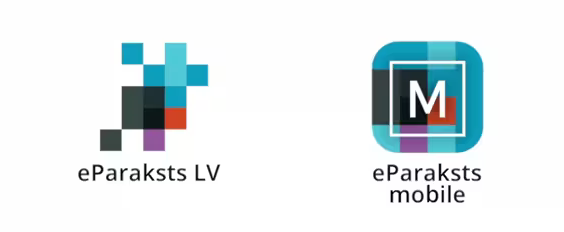
Signing up for this service has also become simpler. Go to eparaksts.lv , select the eParaksts mobile section and click on the “Apply for eParaksts mobile”.
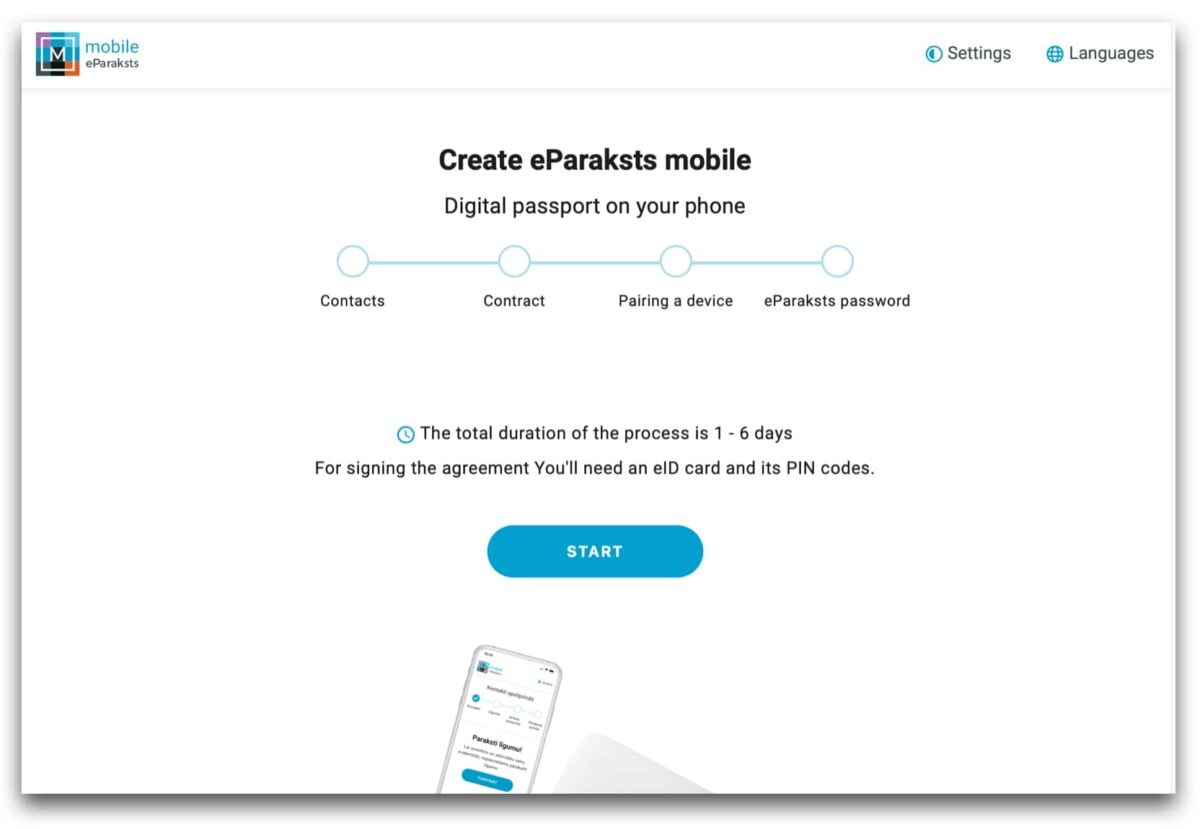
In the Contacts section you will first need to verify your identity via a Latvian bank, then provide a Latvian-based mobile number to which a 4 digit code will be sent and then an email address to which another 4 digit code is sent. In the Contract section you will be presented with three options to sign the eParaksts legal agreement: either visiting a public notary, using a card reader and eID card, or choosing the courier option. If you reside outside of Latvia and are planning to visit Latvia in the near future, we highly recommend the courier option (allow 3 days) where you will be asked to nominate a delivery address. After signing the document, you will receive an email with the eParaksts password (allow up to 3 days) which will enable you to complete the last two steps in the process (Pairing a device & eParaksts password).
Using eParaksts is even easier. Go to eparaksts.lv (or use the eParaksts LV App on your phone) and click on the “Validate or sign” button and follow the prompts. Have your mobile phone next to you when it asks to verify your identity. The result is a digitally signed document that you can download or email.
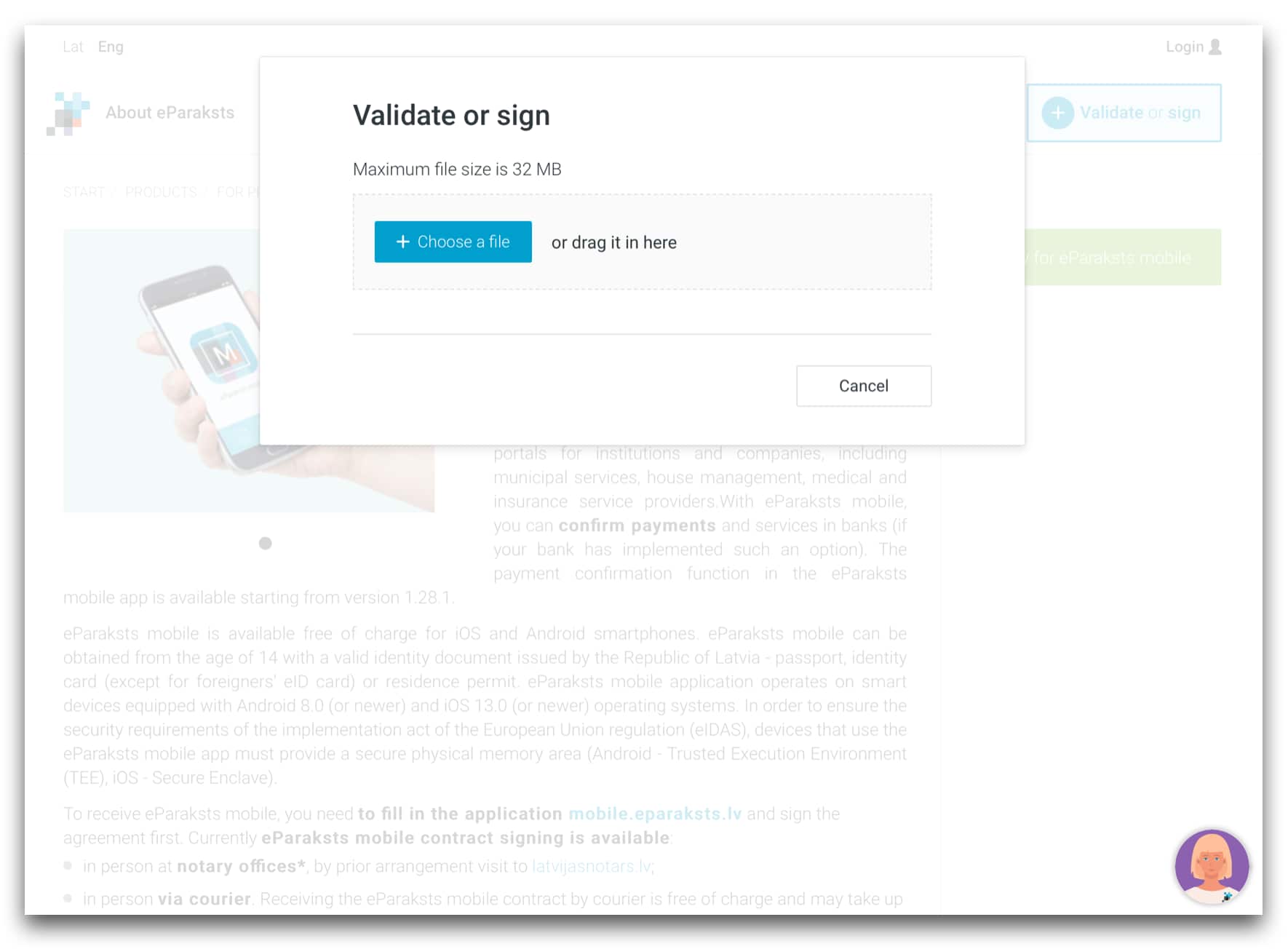
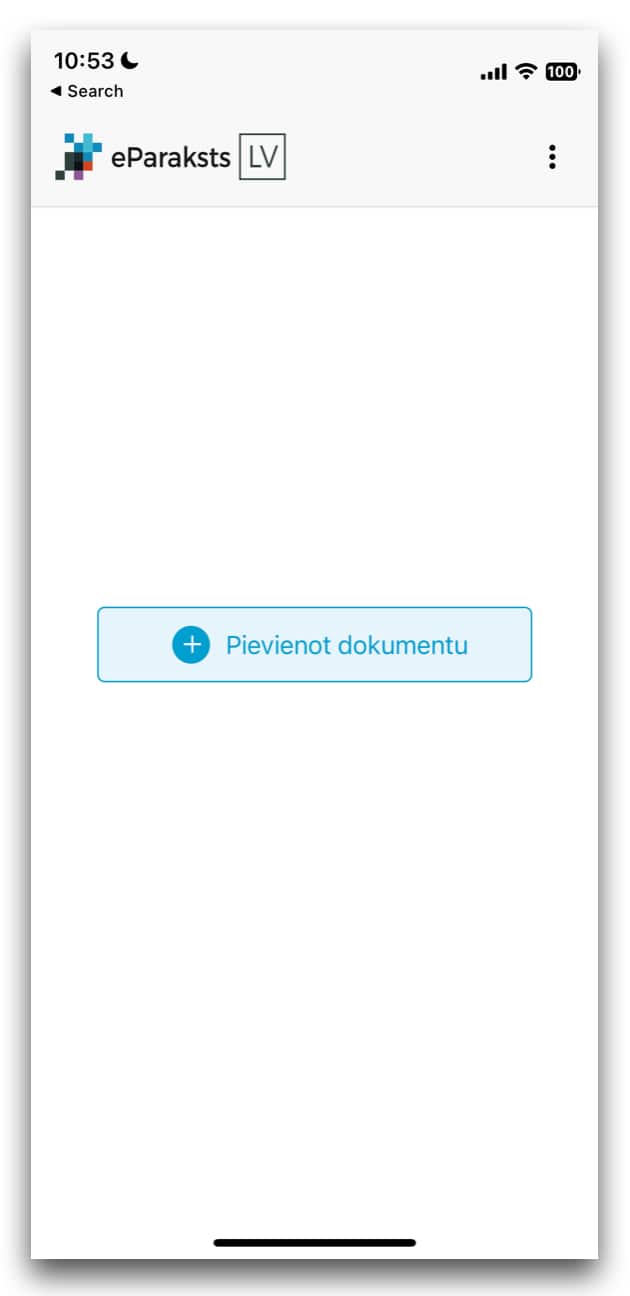
In the online world eParaksts trumps both the Latvian Passport and eID card (but you’ll definitely need to continue to use these documents if you are travelling).






